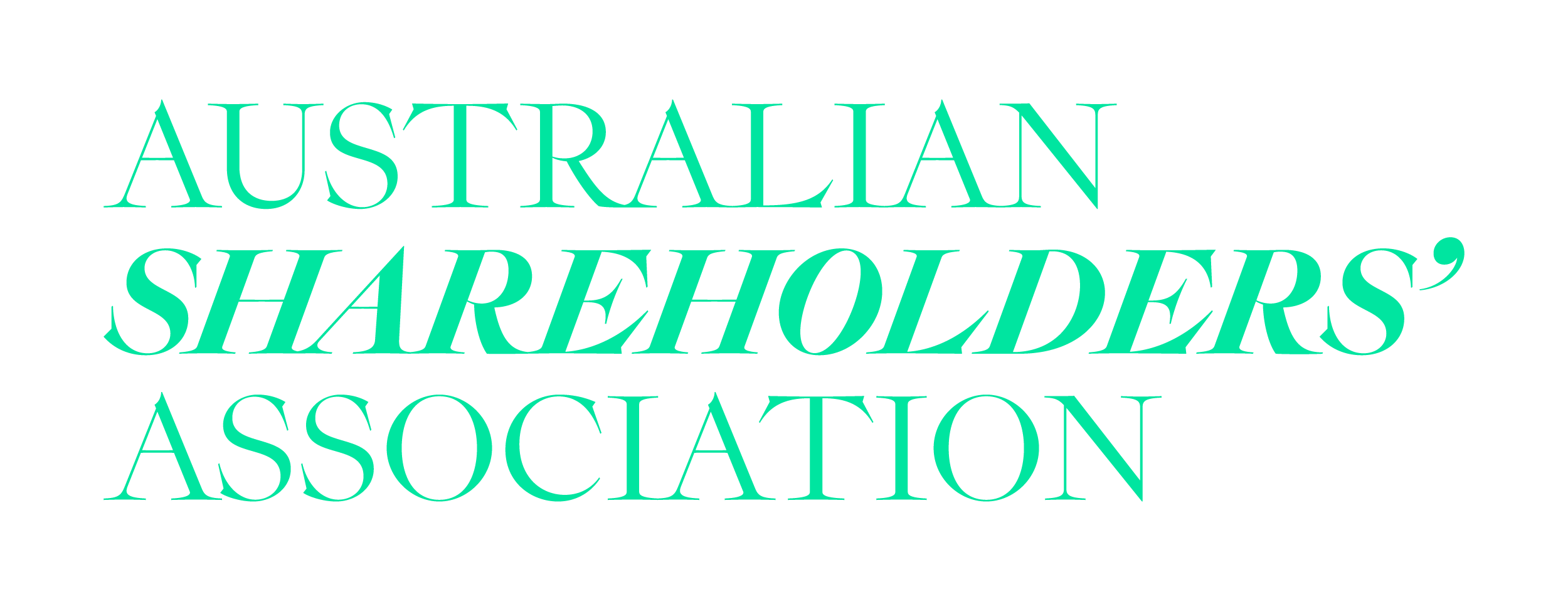
Patrick Poke, Editorial Director, Betashares
21 June, 2024
The past two years have been a bright spot for savers, with the Reserve Bank of Australia’s (RBA) cash rate hitting its highest level in 12 years.
With the benchmark rate having peaked at 4.35% p.a. in November 2023, it has been easy to find relatively generous rates – often 5% and above – on bank deposits, making savings accounts and term deposits enticing for conservative and cashed-up investors.
However, economic indicators suggest that rates this high are unlikely to persist. Following the RBA’s February session, Chamath De Silva, Betashares’ Head of Fixed Income, forecast two 0.25% rate cuts in the latter half of the year.
For conservative investors who depend on high rates to generate low risk monthly income, this poses a significant dilemma. What can investors do with cash in the bank when the bank could be poised to cut rates? And for growth investors, is there a way to position portfolios to benefit?
In this blog, we explore the reasons behind the anticipated rate decrease and provide insights into how investors might position portfolios to adapt to lower interest rates.
Please note any information provided is not a recommendation or offer to make any investment or to adopt any particular investment strategy. You should consider seeking financial advice before making an investment decision.
Why lower rates can bite
While lower interest rates are a relief for borrowers and those aiming to reduce debt, they pose a substantial challenge for risk-averse investors, especially retirees seeking stable monthly income.
Unfortunately, savings and term deposit accounts are susceptible to rapid and frequent adjustments. With the anticipation of falling interest rates, Australian banks have recently begun to slash rates on various products.
Furthermore, when the RBA initiates rate cuts, banks typically mirror these reductions across their deposit accounts to preserve profit margins. Though a 0.50% p.a. reduction in the cash rate may seem modest, it can significantly impact earnings for investors drawing income from bank deposits.
For instance, for an investor with $100,000 in a 12-month term deposit with a 5.25% p.a. interest rate, $5,250 in interest would be paid upon maturity. However, if rates decline and the new rate upon renewal is 4.75% p.a., those annual earnings would decrease to $4,750, representing nearly a 10% drop in income. Such a decrease can be particularly challenging to manage for those reliant on interest.
Rate cuts: Not a matter of if, but when?
Since 2022, central banks worldwide have collectively raised interest rates in a concerted effort to curb inflation, and current indicators suggest that this tighter monetary policy is slowing down economic activity.
In Australia, economic reports show annual inflation has moderated to 3.4%, while the GDP figures for the December 2023 quarter showed sluggish economic growth, standing at 0.2%. This was largely influenced by weak consumer spending and housing investment.
A “soft landing” for both the Australian and US economies is looking increasing likely. This scenario entails central banks having raised rates just enough to manage inflation without causing a recession.
How to position portfolios for lower rates?
For conservative investors looking to maintain a reasonable level of income while taking on some additional risk, fixed income may offer the required attributes. With the Australia’s 10-year government bond yield now just above 4% p.a. (as at 19 March 2024), bonds can now provide portfolios with diversification benefits, with the potential for capital appreciation if and when rates begin to fall.
One option for exposure to fixed income is Betashares Australian Composite Bond ETF (ASX: OZBD). With over 400 securities, OZBD invests in a portfolio of high quality Australian corporate and government bonds based on their risk adjusted income potential. The ETF offers a yield-to-worst of 4.65% and may benefit from falling interest rates.
OZBD could be complemented with the Betashares Australian Investment Grade Corporate Bond ETF (CRED). This fund provides a yield-to-worst of 5.65%6, higher than OZBD due to its portfolio comprising purely corporate bonds from issuers such as Woolworths, Telstra, and Ausnet.
ETF ideas for investors seeking growth
Lower interest rates typically favour growth assets as investors seek higher returns compared to defensive asset classes. The challenge for investors lies in navigating investments cautiously and identifying companies with strong fundamentals.
Betashares FTSE RAFI Australia 200 ETF (ASX:QOZ) offers an approach that weights companies based on economic importance, using metrics such as sales, cash flow, dividends, and book value. Its current top holdings include Macquarie Group, Rio Tinto and Westpac.
QOZ’s methodology makes it less susceptible to market fads and bubbles, potentially leading to outperformance compared to traditional cap-weighted portfolios. The fund has historically delivered high levels of franked distributions, with a distribution yield of 5% over the past 12 months, or 6.5% when grossed up for franking credits – the distributions were 69.6% franked (total franking level).
For those looking for international exposure, Betashares Global Cash Flow Kings ETF (ASX: CFLO) focuses on global companies with strong free cash flow. The fund can serve as a core exposure to global equities or alongside existing low-cost passive global ETFs to enhance a portfolio’s emphasis on cash-generating companies.
For diversified exposure to the new economy with less concentration risk,, one option to consider is Betashares Nasdaq 100 Equal Weight ETF (ASX:QNDQ). The fund provides exposure to 100 of the largest, non-financial companies listed on the Nasdaq stockmarket, with each stock in QNDQ’s index having a 1% weighting as at each rebalance, ensuring lower levels of concentration on a sector, size or individual company basis.
Final thoughts
The drop in interest rates poses a challenge for investors, especially those relying on higher rates for their monthly income. Thankfully, there are strategies available to help strike a balance between generating income and managing risk.
Before taking on unnecessary risk to try to achieve higher income or growth, it’s essential to grasp how any investment works and what it means for the overall stability of your portfolio. Reading the Target Market Determination or Product Disclosure Statement is a great place to start, and it’s a good idea to seek advice from a financial planner to assist in making well-informed decisions.
1 Source: Reserve Bank of Australia
2 Source: High interest rate products on Savings.com.au
3 Source: Sydney Morning Herald
4 Source: World Economic Forum
5 Source: ABS – Australian National Accounts
6 As at 3 April 2024. See this article for an explanation of yield to worst. Yield is variable and may be lower at time of investment. Yields do not take into account fund fees and costs.
7 As at 28 March 2024, no assurance is given that these companies will remain in CRED’s portfolio or will be profitable investments.
8 As at 28 March 2024, no assurance is given that these companies will remain in QOZ’s portfolio or will be profitable investments.
9 As at 29 February 2024. Yield calculated by summing the prior 12-month per unit distributions divided by the closing NAV per unit at the end of the period. Yield will vary and may be lower at the time of investment. Franking level is total franking level over the last 12 months. Not all investors can receive the value of franking credits. Past performance is not indicative of future performance of any index or ETF.
Investing involves risk. The value of an investment and income distributions can go down as well as up. An investment in each fund should only be considered as part of a broader portfolio, taking into account your particular circumstances, including your tolerance for risk. For more information on the risks and other features of each fund, please see the relevant Product Disclosure Statement and Target Market Determination, available at www.betashares.com.au.Any Betashares Fund that seeks to track the performance of a particular financial index is not sponsored, endorsed, issued, sold or promoted by the index provider. No index provider makes any representations in relation to the Betashares Funds or bears any liability in relation to the Betashares Funds. |






